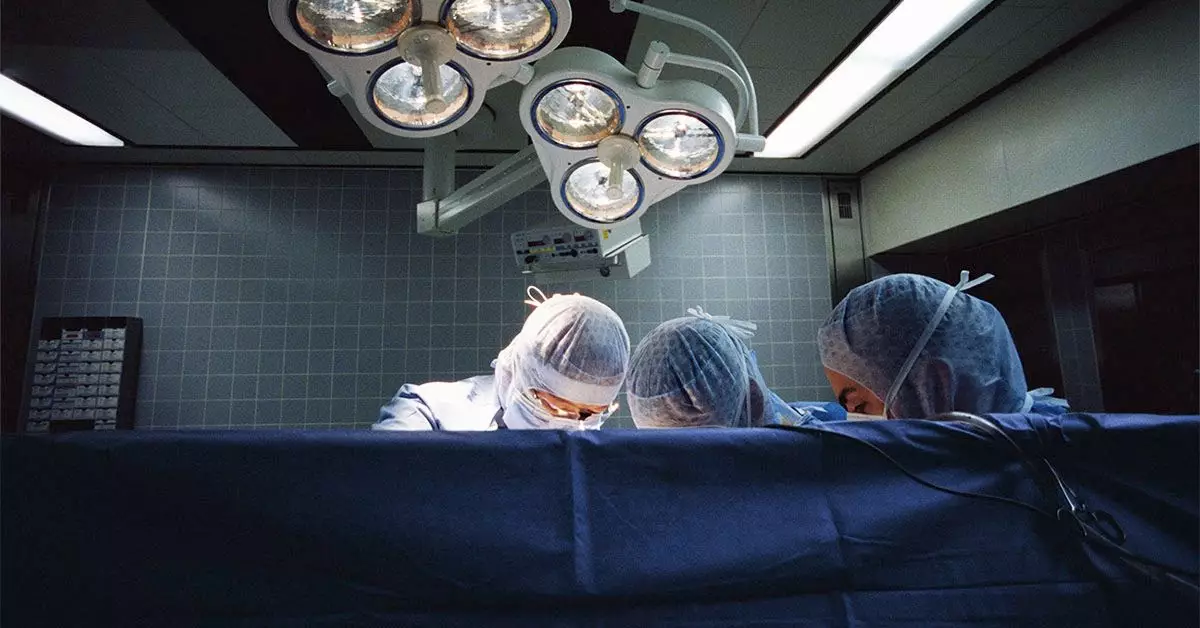Thyroid lobectomy, a surgical intervention for disorders related to the thyroid gland, serves critical clinical purposes, particularly in the management of various thyroid conditions including cancer. This article delves into the indications for the surgery, the procedure itself, recovery expectations, potential complications, and considerations surrounding thyroid hormone replacement, ultimately offering a comprehensive perspective on this important medical procedure.
The thyroid gland, a butterfly-shaped organ located at the base of the neck, plays a pivotal role in regulating metabolism, growth, and energy levels through its hormone production. When disorders emerge, such as thyroid cancer or benign growths, medical intervention may be necessary. One common approach is a thyroid lobectomy, wherein a portion of the thyroid is excised to alleviate symptoms or remove malignant tumors.
Thyroid cancer often prompts this intervention. Although most thyroid nodules are benign, a small percentage display malignant characteristics. When a tumor is diagnosed as cancerous, especially if it is localized and manageable in size, surgeons may recommend a lobectomy to eliminate the affected tissue. In many cases, the goal is not just to remove cancer but to prevent its potential spread.
Aditionally, benign nodules and goiters—enlargements of the thyroid—can cause discomfort, swallowing difficulties, and even breathing problems. A thyroid lobectomy can alleviate these symptoms. Furthermore, for patients suffering from hyperthyroidism, where excessive hormone production leads to a variety of health issues, surgical options may need to be considered when other treatments fail to produce satisfactory results.
A thyroid lobectomy is typically performed under general anesthesia and involves making an incision in the lower neck. The surgeon carefully removes the affected lobe of the thyroid, ensuring that nearby vital structures, like the parathyroid glands and recurrent laryngeal nerve, are preserved to minimize complications. Post-surgery, the incision is sealed, commonly using stitches or staples.
Despite the procedure being classified as major surgery, thyroid lobectomy often allows for same-day discharge, provided the patient recovers well immediately post-operation. This underscores the efficiency of modern surgical techniques and patient management protocols, reducing the need for prolonged hospitalization.
Preoperative preparation is crucial. Patients must adhere to dietary restrictions before the surgery, including fasting and possibly suspending certain medications and supplements. Following the surgery, intravenous fluids are generally administered, and patients are given comprehensive discharge instructions to facilitate healing.
The recovery phase is essential for ensuring the patient regains their health and energy levels. While some might feel returning to their normal routines within weeks, disruptions to physical activities are typically encouraged for about two to four weeks to prevent strain on the healing body. Returning to work or school usually requires a break of one to two weeks, depending on individual circumstances and job demands.
Follow-up appointments are critical for tracking recovery progress. Surgeons need to assess healing, manage any complications that may arise, and evaluate the necessity of thyroid hormone replacement therapy. This is particularly the case if significant portions of the thyroid are removed, potentially leading to hypothyroidism—a condition where the body does not produce adequate thyroid hormones.
While thyroid lobectomy is considered safe, it does carry risks, typical of any surgical procedure. Possible complications include infection, bleeding, and adverse reactions to anesthesia. Patients should be observant for unusual symptoms post-surgery, such as persistent fever, swelling or discoloration around the incision site, and signs of breathing difficulties.
Moreover, the decision to undergo thyroid lobectomy shouldn’t be taken lightly. Although most recover well and successfully manage any necessary adjustments in hormone levels, individual factors like age, overall health, and the presence of other medical conditions will influence outcomes and life expectancy post-surgery. For older patients, for instance, recent studies suggest that thyroid removal for benign conditions may have minimal impact on life expectancy, which highlights the importance of tailored medical advice.
Thyroid lobectomy remains a vital and effective surgical option for managing various thyroid disorders. Understanding its purpose, procedural specifics, recovery journey, and possible complications can empower patients to participate actively in discussions about their health with healthcare professionals. From alleviating cancerous threats to improving the quality of life for individuals with painful nodules or goiters, this procedure exemplifies the combination of surgical precision and patient-focused care. Anyone faced with the prospect of thyroid surgery should engage in open dialogues with their healthcare providers to ensure clarity and understanding throughout the process.

